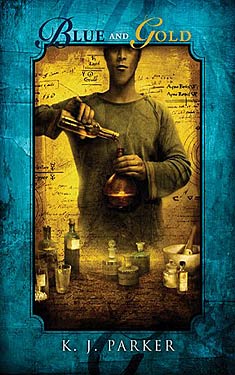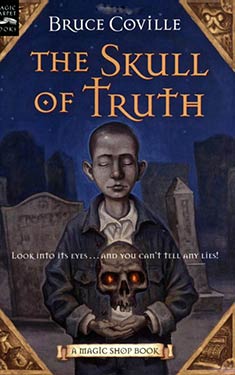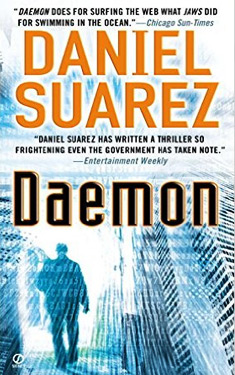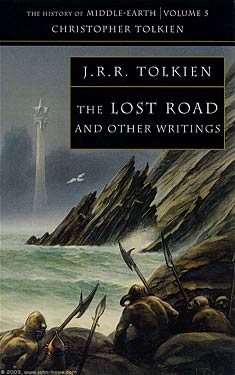John Varley
Completed 1/22/2017 Reviewed 1/24/2017
4 stars
The captain of a spaceship and her crew are on an
exploratory mission to Saturn. They
discover a new moon and quickly realize that it appears to be a generations
ship. When they approach the moon-ship,
it seizes them, destroying the ship and burying them. Sometime later, the crew emerges from the
ground in what is reminiscent of birthing.
They are not near each other when they emerge, and they are naked and
hairless. Eventually they find one
another as they explore this strange world, meet its inhabitants, and search
for its creators.
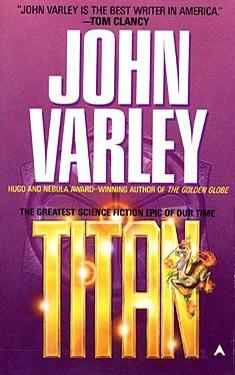 I was pretty surprised by how much I enjoyed the book. Written in 1979, the book has a vintage feel
to it, where the emphasis is more on discovery and exploration. If this were a film, there would be a lot of
scenes requiring the actors to have a look of awe on their faces. But as a book, it worked really well. It reminded me of some of Arthur C. Clarke’s
work, where the emphasis is on the wonder, and a little less on the plot.
I was pretty surprised by how much I enjoyed the book. Written in 1979, the book has a vintage feel
to it, where the emphasis is more on discovery and exploration. If this were a film, there would be a lot of
scenes requiring the actors to have a look of awe on their faces. But as a book, it worked really well. It reminded me of some of Arthur C. Clarke’s
work, where the emphasis is on the wonder, and a little less on the plot.
Perhaps the most fascinating thing about the book is its
progressive approach to issues of gender, race, and sexuality. The captain is a woman, Cirocco “Rocky”
Jones. For 1979, I thought this was
quite surprising. There are also lesbian
relationships in the book. To be fair,
there are a lot of relationships in the book.
It takes the premise that on a long distance, long term mission, there’s
going to be some coming together of people on the ship. In fact, the whole beginning seems to be
about the different permutations the crew had gone through. At first, it seemed a little off-putting, but
it certainly added to the back story of the crew and set the reader up for the
later interpersonal conflicts.
The author looks at race relations through the intelligent
beings that inhabit this place.
Specifically, there are two creatures, centaurs and angels, who for some
unknown reason, engage in battle whenever they come across each other. It’s almost as if it’s in their DNA. To say more would be a spoiler.
The book is told through Rocky’s perspective, so of course
her character is the most fleshed out.
Still, most of the characters get good scenes and are more than
cardboard cutouts. What’s really cool is
that each of the characters gets something akin to a special power having gone
through their rebirthing. Several of
them can communicate with one of the several intelligent species. One actually turns into one of the
species. For the most part, these powers
are benevolent, but it does cause for some problems among the crew.
I give this book four out of five stars. It is also the first of a trilogy, though the
book stands on its own. I liked
that. I don’t think I’ll be reading the
rest of the trilogy any time soon. But
this book was a cool, mostly fun romp through Varley’s imagination.
